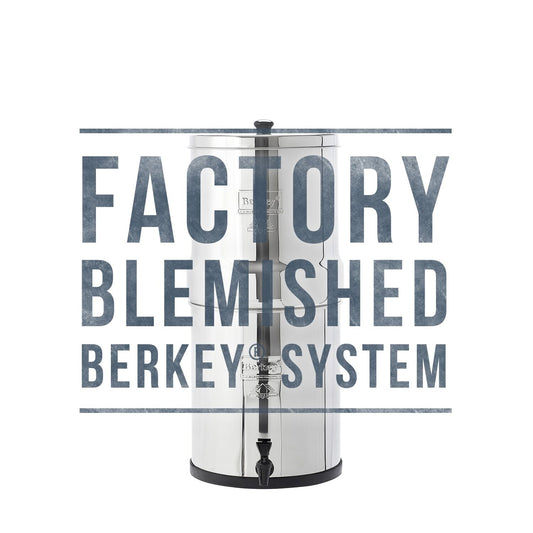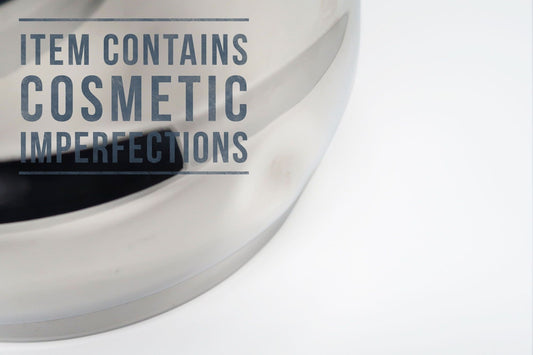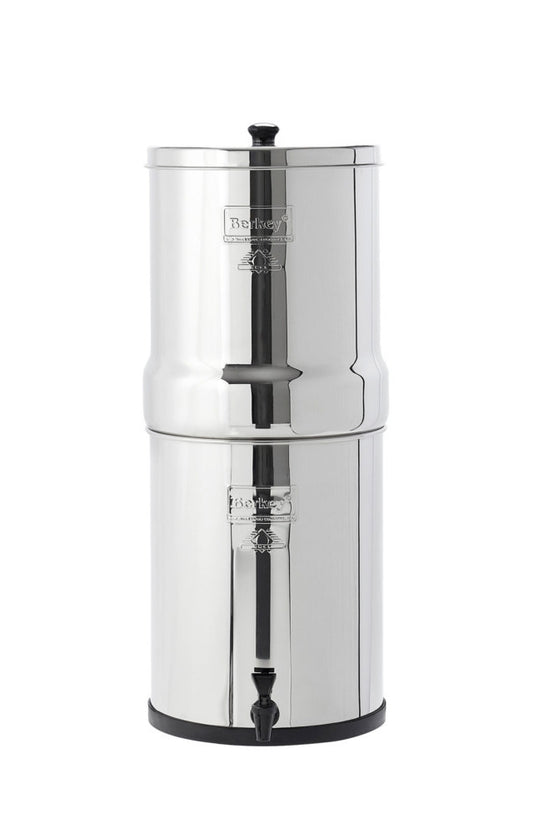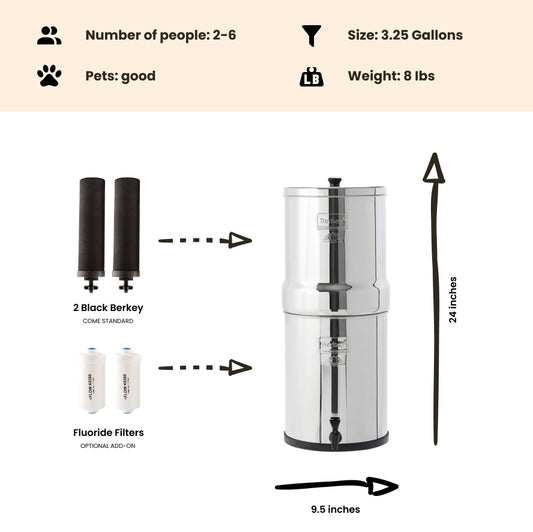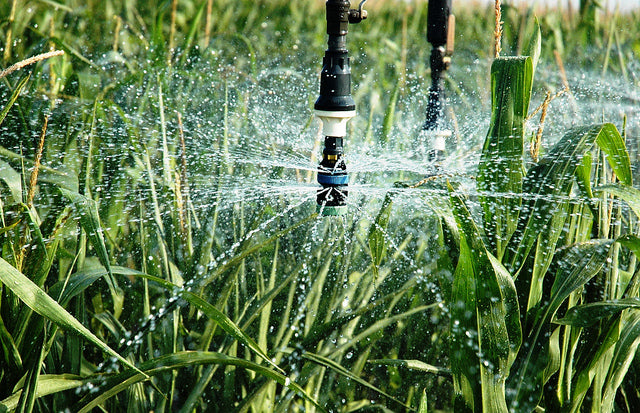
Water-efficient Crop Production
By Dan DeBaunShare
The problem of how to boost food production is an important issue for humanity, considering our limited water resources and the ever-growing global population. Water usage at its current level is already unsustainable, with around 70% of global water usage being used for agriculture.
Water extraction for crop growth not only lowers the groundwater table, exacerbating water scarcity, it also significantly adds to the volume of water moving from land to sea — estimated to be around 50 net cubic miles. This is equivalent to three times the volume of water that cascades down the Niagara Falls every year — making a 30% contribution to sea level rise. According to the Global Agriculture Report, water demand for irrigation has increased three-fold over the last 50 years, and is expected to rise by another 20% by 2050.
Approximately 80% of water that is released into the atmosphere from terrestrial sources does so via transpiration in plants, who take up the water from soils via their roots and then release it via their leaves during the process of photosynthesis. Considering that so much water is lost via plant leaves during production, it is the greatest factor limiting the expansion of crop production globally. Consequently, if we wish to reduce the amount of water used in agriculture while still maintaining food security in the years ahead, it is essential that we find crop plants that utilize water more efficiently.
Now researchers from the Technical University of Munich (TUM) have done just that. By identifying and permanently activating the natural water-conservation mechanism used by plants when water is scarce, which allows them to absorb carbon dioxide with limited water loss, the scientists have managed to get the plants to make more efficient use of water without negatively affecting their growth.
Gaseous Exchange in Plants
Plants regulate the flow of carbon dioxide and water vapor through the stomata — tiny pores found on the surface of plant leaves. When these pores close, water loss is reduced; however, it also limits the absorption of carbon dioxide. When the stomata are open to allow carbon dioxide to enter, they can lose between 500-1000 molecules of water, depending on the humidity and air temperature. However, during dry periods when water is not so readily available plants are able to reduce internal carbon dioxide concentrations in order to absorb carbon dioxide more effectively.
"Plants have the ability to cut water loss during CO2 absorption in half, but they will only switch to this water-saving mode when water is in short supply," says Erwin Grill, Professor of Botany at TUM. "With arable crops, plants with a perpetually activated water-saving strategy would preserve the moisture in the ground to use it for growth and survival at a later point in times of drought."
Water-saving Mode Activated by Plant Hormone
The researchers have discovered that this water-saving mode is activated by the plant hormone known as abscisic acid, which plants produce at higher quantities when water is scarce. Tests conducted on mouse-ear cress (Arabidopsis), which has fourteen receptors dedicated to detecting this hormone signal, show that when production of these receptors is increased, plants will switch to water-saving mode, regardless of whether water is scarce or not. However, of these fourteen receptors, only three did not have a negative effect on plant growth, but a 40% water saving is feasible without negatively impacting the plant's overall performance.
While initial laboratory experiments conducted in a phytochamber simulating field conditions show positive results, the next step would be to determine whether the same water-saving effects can be achieved in the field.
"It remains to be seen if crop plants such as wheat, corn, and rice can produce more biomass with the same amount of water using this mechanism," says Professor Grill. "We are optimistic"
Since the mechanisms involved are present in all plants, it should be possible to transfer these results from the model plant Arabidopsis to crop plants. This would be an important step towards ensuring future food security.
Journal Reference
Zhenyu Yang, Jinghui Liu, Stefanie V. Tischer, Alexander Christmann, Wilhelm Windisch, Hans Schnyder, and Erwin Grill: Leveraging abscisic acid receptors for efficient water use in Arabidopsis, PNAS 2016. DOI: 10.1073/pnas.1601954113
Image Suggestions:
https://www.flickr.com/photos/agrilifetoday/5012326360
https://www.flickr.com/photos/udextension/14311252109
https://commons.wikimedia.org/wiki/File:Irrigating_fields_SW_of_Killerton_Estate_(NT)_-_geograph.org.uk_-_35012.jpg
-
Regular price From $302.00 USDRegular priceUnit price / per
-
Regular price $234.00 USDRegular priceUnit price / per
-
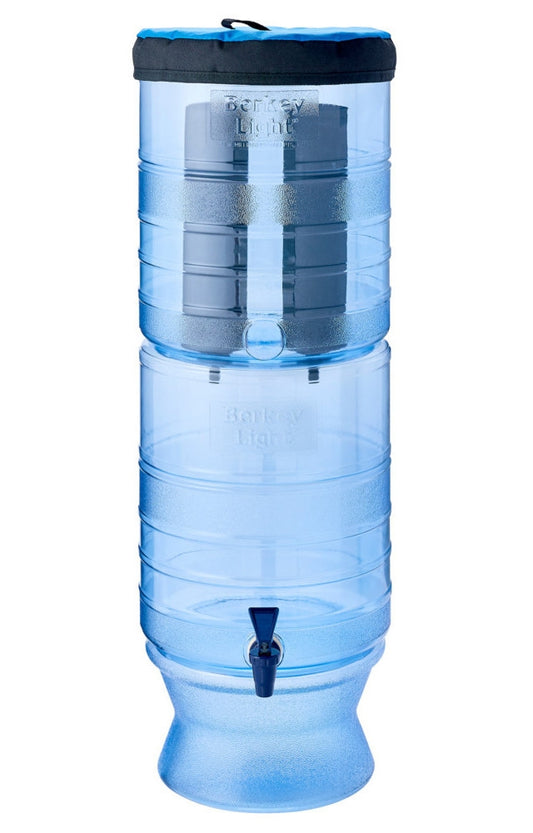
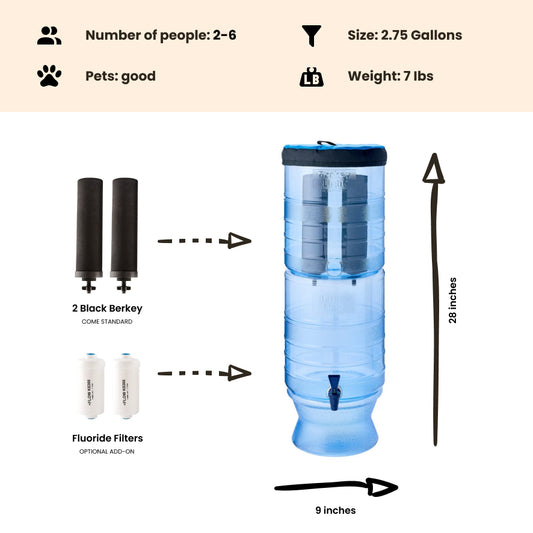 Sold outRegular price From $305.00 USDRegular priceUnit price / per
Sold outRegular price From $305.00 USDRegular priceUnit price / per -
Regular price $327.00 USDRegular priceUnit price / per
-
Regular price From $367.00 USDRegular priceUnit price / per
-
Regular price From $408.00 USDRegular priceUnit price / per
-
Regular price From $451.00 USDRegular priceUnit price / per

Dan DeBaun
Dan DeBaun is the owner and operator of Big Berkey Water Filters. Prior to Berkey, Dan was an asset manager for a major telecommunications company. He graduated from Rutgers with an undergraduate degree in industrial engineering, followed by an MBA in finance from Rutgers as well. Dan enjoys biohacking, exercising, meditation, beach life, and spending time with family and friends.
~ The Owner of Big Berkey Water Filters


